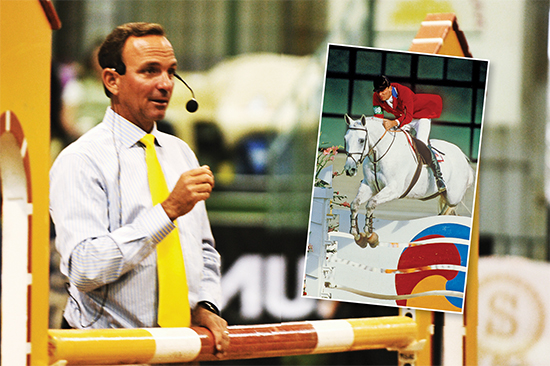 Words by Chris Hector and photos by Roz Neave
Words by Chris Hector and photos by Roz Neave
Sit in on a master class with one of the world’s great showjumping rider / trainers, Greg Best as he works with two of the riders he selected fromYoung Horse classes that he judged, Paul Brent riding McMillan and Juliette Haddow riding Aussie Rules.
“These two riders have been selected because they come with issues that I deal with a lot. Paul Brent had three horses in the Five Year Old class and they were all very consistent. There were just a few little issues that I discussed with him, I’d like him to soften his seat, soften his entire ride, and work on straightness.”
“Juliette Haddow is riding an over-enthusiastic horse and she had problems with bad posture. It’s the straightness of the rider’s back that allows the rider to use leverage to control the horse.”
“The exercises I gave them were as much for dressage as for jumping riding. Good equitation is good equitation because function follows form. With Paul’s issue of straightness it is related to weight distribution in the stirrup, so we’ll try this exercise. I should point out that half the riders I do this exercise with – fall off.”
And little wonder, since the stirrup leathers now just went over the top of the saddle, with the irons hanging as usual, but the leathers weren’t actually attached to anything!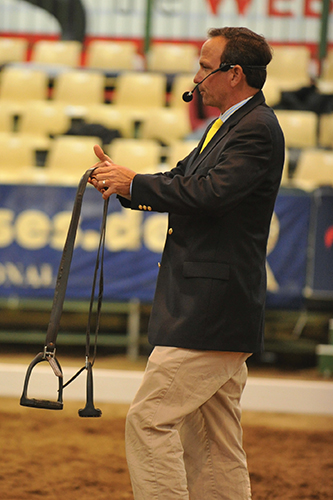
Don’t try this at home! The stirrups loose over the saddle…
“For Juliette and her posture, this exercise may look a little perverse but it is very effective. A lot of riders have posture problems and a whip down the front of the rider’s pants can help tilt the pelvis. I want the rider to push the whip away.”
“These are self-regulating exercises, the riders can judge: are the exercises fixing the problem or not?”
“Along with the balance and the shape of the upper body, we have to look at the position of the lower leg. The most fundamental line is the line shoulder, hip, ankle.”
“There are lots of seat variations between the full, the light and the jump seat, and it is important to be able to vary your position to get the most out of your horse. A three-quarter seat is a nice flowing seat to start with. Paul tends to drive the horse forward with his seat to the jump, and that gets the horse a bit quick. Juliette can sometimes get a little stiff and rigid in the elbows over a jump. Juliette has really worked on her posture over the last couple of days.”
“Paul you are riding beautifully today, the horse looks soft and very obliging. I teach a lot, and sometimes it takes a while for horses or riders to change, but sometimes it can happen overnight.”
“One complication in teaching Juliette is the variation in the horse’s behaviour. It started out being over enthusiastic but by yesterday, it was a little pokey and slow.”
“I know that most people in showjumping, and all dressage riders will disagree with what I am going to say. Most people believe that if you want a more forward and open stride, you take your body back and drive. My feeling is go forward to indicate to the horse what you want him to do. Back is back, forward is forward – it is so simple.”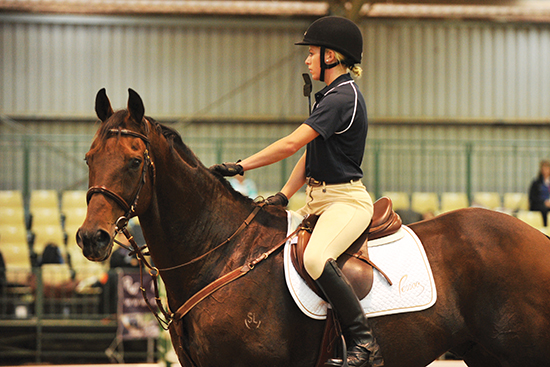
Juliette and Aussie Rules – and yes that is a whip stuck in her jods!
“Juliette, I have some thumb tacks here for the back of your saddle, has anyone got some electrical tape, so we can stick them in position.”
We chuckle. We think he is joking…
“Paul still has a tendency coming out of the corner to sit back and push. Think about that tendency, and when you come out of the corner, commit with your upper body.”
The jump has come up well for Paul, but Juliette has a stop…
“Come back to a walk, you got hurried in the turn and the horse got worried. Take a breath and remember the mistake was as much yours as the horse’s.”
It rides beautifully for Juliette and Aussie Rules the second time:
“Good girl. One of my sayings is always make sure that you are on the right side of the equation – the number of mistakes made by you compared to the number of mistakes made by the horse. Pat the horse, he’s already anxious, the worst thing you can do is get after him and make him more anxious.”
story continues below the advertisement
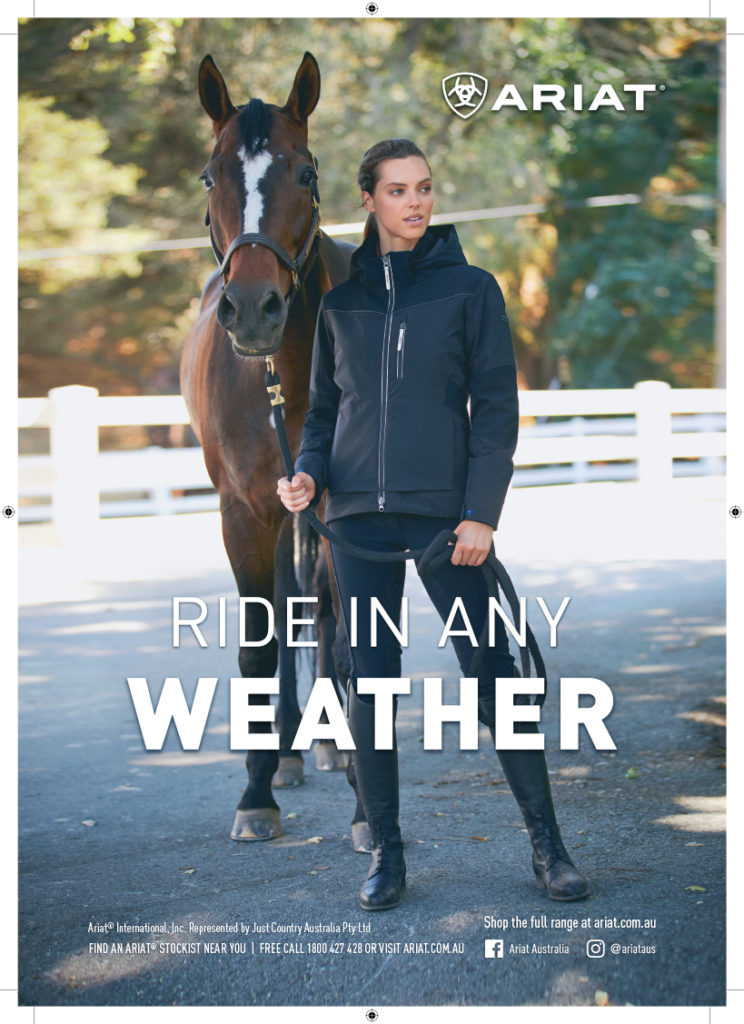
Greg then moved on to having his riders vary the number of strides in the exercise, six short, or five long: “One of the hardest, most elusive technical qualities the rider must have, is to recognize the length of stride. Riding a course is a formula. The first half of it is using every turn for collecting and re-organizing, the end half is preparing the stride you will need. When I ride I have Plan A that I stick to until I need to change it. Come out of the corner, ride Plan A like there’s no Plan B, but then when it goes out the window, be ready to move to Plan B.”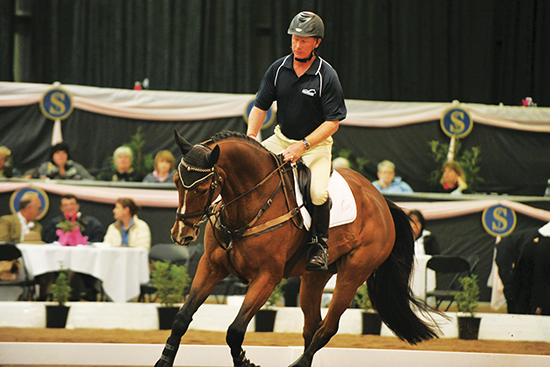
Paul Brent and McMillan – soft and obliging
Juliette asked Greg if she should wear spurs, but he was not in favor:
“Are you arguing the horse is insensitive or un-reactive? Plan your decisions earlier. Let the horse know nice-and-early what you want him to do – and give him confidence to recognize the pace. He doesn’t need stronger aids for that, this is a sensitive horse.”
Paul was also in trouble when he circled: “There is never enough time to make things perfect – if you make everything perfect, you will never actually jump a jump. Don’t circle, you don’t circle in the ring, so don’t do it.”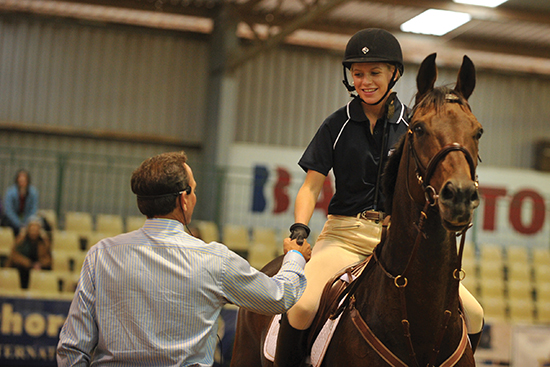
Thank you Juliette!
One of the terms Greg used a lot in his comments, especially to the guys, was ‘be a little rider,’ he was encouraging the use of technique rather than strength.
“Be a ‘little’ rider, focus on the process of jumping rather than what you are asking. The horse has to be focused on the jump, the horse’s ears will tell you where the focus is.”
“And remember the three elements of straightness: 1. The rider’s body. 2. The shape of the horse’s body. 3. The ability to get the horse to follow a straight line. The only chance of getting the horse straight is to be straight on the horse. The only way we can balance the horse, is to have it straight under you. In the dressage arena, you have a reference for straightness, but you also have to work ten feet off the rail, so it is not the rail keeping you straight. Use mirrors to see your vertical line. You can’t coil a crooked spring…”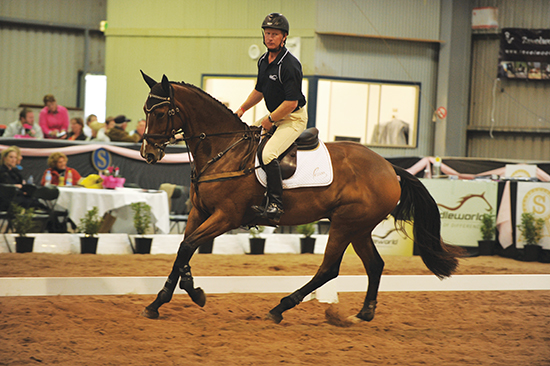
Balanced horse, balanced rider
And with that great line the session came to an end. Let us make sure that we get many more opportunities to benefit from this brilliant teacher’s experience, knowledge, and most importantly, enthusiasm.
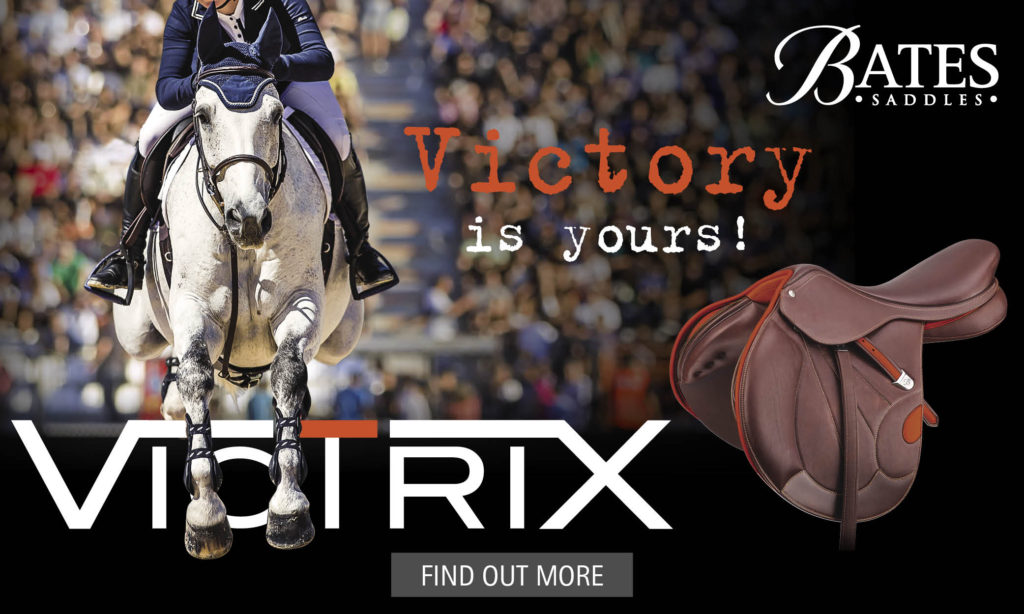
This article first appeared in the August 2011 issue of THM.
For more articles with Greg Best go to:
